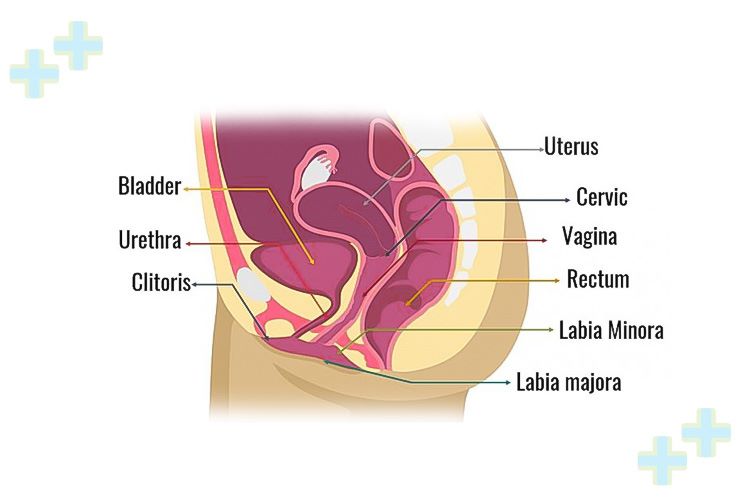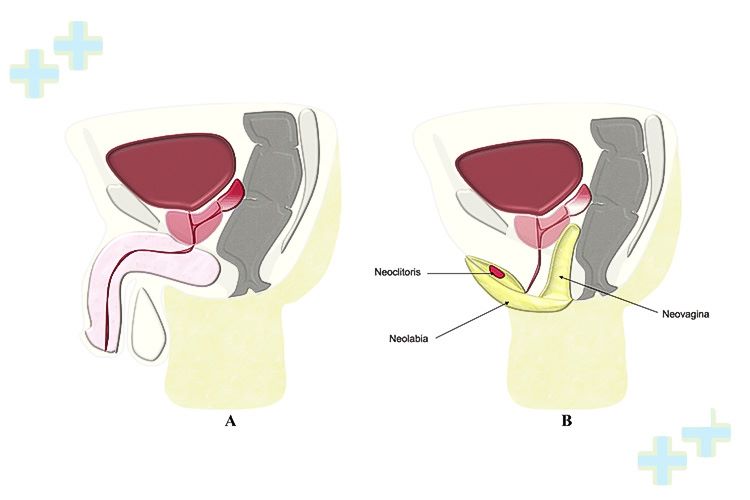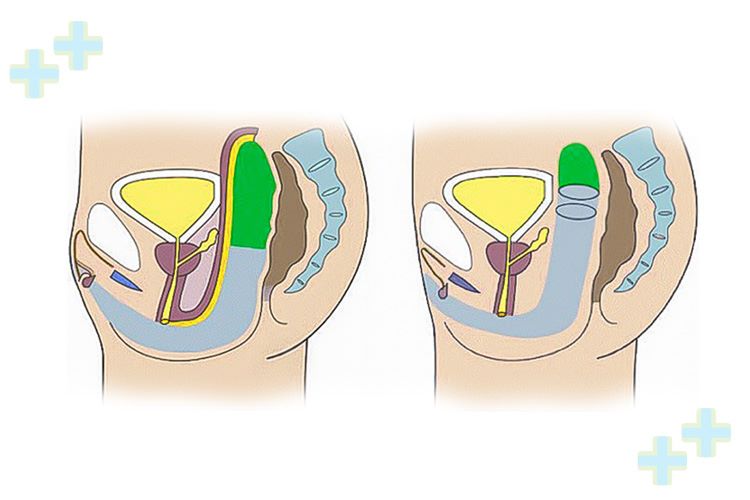What Is Gender Reassignment Surgery?
Gender Reassignment Surgery (abbreviated to GRS), also known as gender-affirming surgery or gender confirmation surgery, happens to be a surgical procedure that helps individuals transition from one gender to another. This medical process involves alteration of the genitals, breasts, facial structures, body contours, & other body parts to better reflect the person’s chosen gender. It is often done as part of a broader medical transition process and is intended to help individuals feel more comfortable in their gender identity. The procedure can involve changes to the genitals, facial features, and.
Why Someone Might Choose Gender Reassignment Surgery?
The reasons why someone might choose to undergo Gender Reassignment Surgery vary. It is sometimes chosen to align physical appearance with the person’s gender identity, to reduce gender dysphoria, or to affirm their sense of self. It can also help individuals feel more comfortable in their bodies and can improve self-esteem.

Why Is Gender Reassignment Surgery Done?
Gender Reassignment Surgery is typically done in order to bring an individual’s physical characteristics in line with their gender identity so as to help reduce their psychological distress and improve quality of life. The procedure may also be done in cases where gender identity disorder is present.

Procedure Details for Gender Reassignment Surgery
The procedure details of Gender Reassignment Surgery depend on the individual’s desired outcome. Common procedures may include genital reconstruction, mastectomy or breast augmentation, facial masculinization or feminization techniques, and liposuction or body contouring to create a masculine or feminine appearance. In general, this can include hormone therapy to alter secondary sex characteristics, genital reconstruction surgeries, breast augmentation, and facial feminization or masculinization. For some, this may involve clitoral reduction, labiaplasty, hysterectomy, vaginoplasty and other genital surgeries. For others, it may involve facial feminization, breast augmentation, and/or Adam’s apple reduction surgeries. The specifics should be discussed with the surgeon prior to undergoing GRS.

What Are the Risks of Gender Reassignment Surgery?
When done properly, GRS can help to reduce gender dysphoria and improve an individual’s self-esteem and sense of well-being. However, there can be some risks associated with it. Additionally, some individuals may experience emotional side effects once surgery is complete, such as depression or anxiety. So, it is important to be aware of the potential risks associated with GRS, which can include the following:
- Infection
- Bleeding
- Nerve damage
- Pain
- Scarring
- Changes in sensation
- Discomfort during recovery
- Risk of complications from anaesthesia
What Are the Benefits of Gender Reassignment Surgery?
Despite the risks, many individuals find that the benefits of Gender Reassignment Surgery outweigh them.
- For some, undergoing the procedure helps to reduce discomfort associated with gender dysphoria.
- It can also help an individual to better align their physical appearance with their gender identity.
- Improving self-esteem and confidence
- It can help individuals feel more comfortable in their own body and bring their physical characteristics in line with their gender identity.
- GRS may reduce stress, improve self-image, and help transgender individuals to live and express their gender identity more authentically.
- It can help individuals feel more comfortable in their own skin and better accept themselves, which can lead to improved mental health.
- It can also help create a more harmonious relationship between the individual and their social environment.
Contact Health Trawell for Gender Reassignment Surgery
Gender Reassignment Surgery is a procedure used to help people transition from their biological gender to the gender they identify with. This can involve a variety of different medical and surgical interventions depending on the individual’s needs. The benefits of Gender Reassignment Surgery can be immense. Ultimately, Gender Reassignment Surgery can help those who wish to transition to feel more comfortable in their life. If you wish for the same, it is high time you get in touch with Trawell!
OUR SERVICES

Cosmetic Surgery

Spine Surgery

Organ Transplant

Orthopedic Surgery

Gynecology Infertility

Ophthalmology

Neurosurgery
Cardiology
YOUR GATEWAY TO HEALTH

